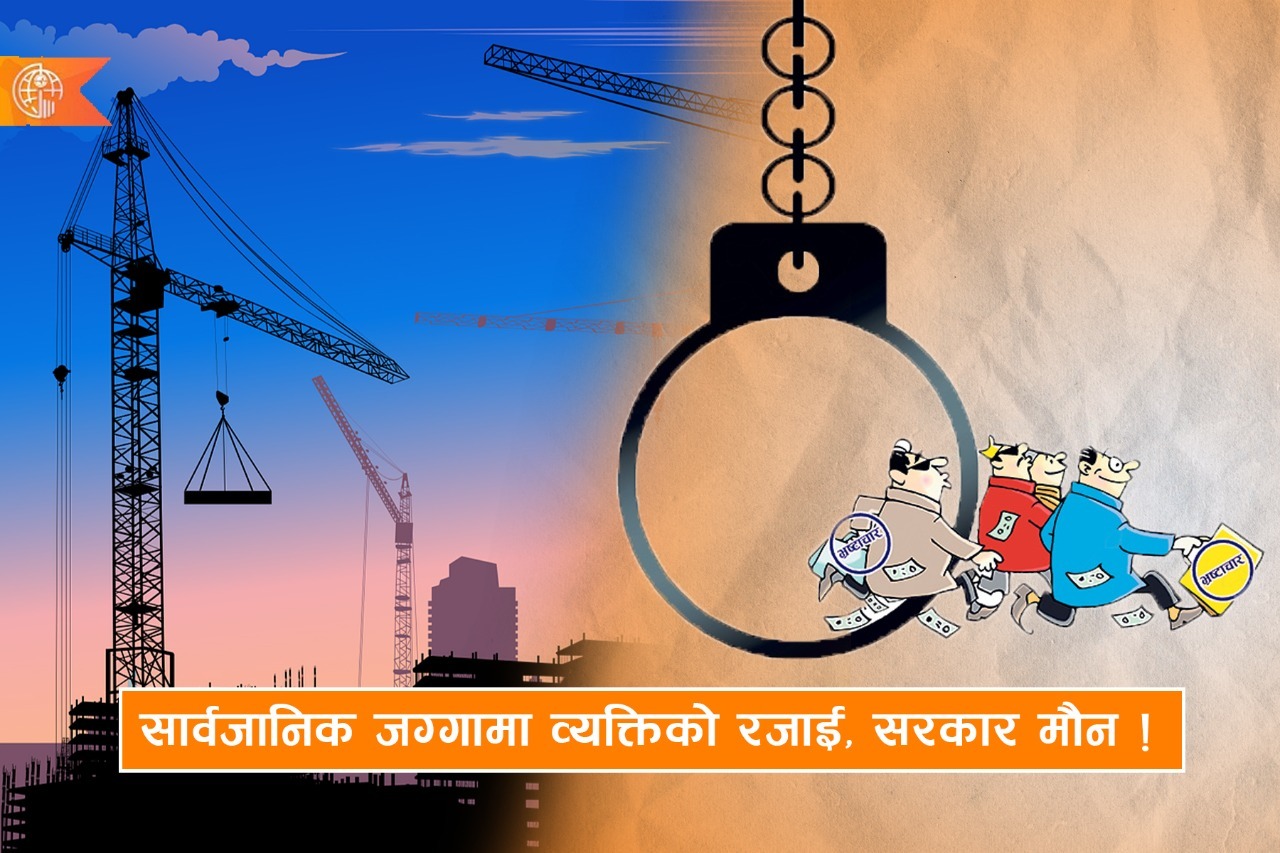 43 Year
43 Year
 नेपाली काँग्रेस
नेपाली काँग्रेस
 कोशी प्रदेश
कोशी प्रदेश
 मेरिङदेन
मेरिङदेन
 Taplejung
Taplejung




